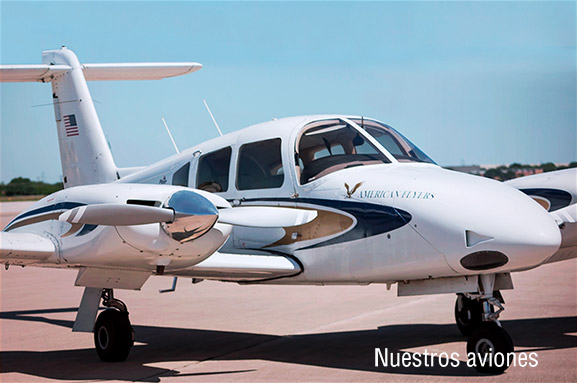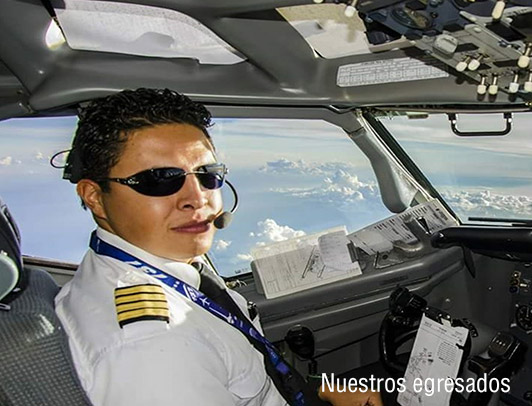Embarking on a journey to become a commercial pilot is both exciting and rewarding. American Flyers, a leading flight school in the United States, provides structured programs to guide students from earning a Private Pilot License (PPL) to achieving a Commercial Pilot License (CPL) and beyond. In this guide, we break down the costs, training components, and facilities you can expect at American Flyers, helping you plan your path in aviation.

'
Understanding the Path: From Private to Commercial Pilot
Becoming a professional pilot involves multiple milestones:
- Private Pilot License (PPL): The first step, allowing you to fly solo and carry passengers.
- Instrument Rating (IR): Expands your capabilities to fly in various weather conditions using instruments.
- Commercial Pilot License (CPL): Permits you to be compensated for flying, opening career opportunities in aviation.
- Certified Flight Instructor (CFI): Many aspiring pilots pursue this to gain flight experience while teaching.
Each stage builds the skills, experience, and credentials needed for a professional aviation career.
Private Pilot Course at American Flyers
The Private Pilot Course at American Flyers provides a strong foundation in flying and aviation knowledge. Costs vary depending on student progress and location, but the program typically includes:
Training Components:
- Flight Training: 40–60 hours of instructor-led flight time.
- Ground School: Classroom instruction covering navigation, weather, FAA regulations, and more.
- Medical Exam: Third-class FAA medical certificate is required.
- FAA Exams: Preparation for and completion of the written knowledge test and practical checkride.
Facilities and Aircraft:
American Flyers offers access to well-maintained aircraft and simulators, giving students hands-on experience in a variety of flying conditions.
Commercial Pilot Course at American Flyers
After earning a PPL, the Commercial Pilot Course builds on your skills and prepares you for professional aviation careers. Costs vary based on your prior experience and chosen training program.
Training Components:
- Flight Hours: Minimum of 250 total hours, including solo and cross-country flights.
- Instrument Training: Advanced instrument instruction expanding on your IR.
- Commercial Maneuvers: Practice complex flight maneuvers and emergency procedures.
- FAA Exams: Preparation for the commercial knowledge test and checkride.
Facilities and Aircraft:
Students have access to a wide range of aircraft, including single-engine and multi-engine planes, providing experience in diverse flying environments.
Additional Training Opportunities
Certified Flight Instructor (CFI) Program:
Many pilots pursue a CFI rating after earning a CPL to gain teaching experience and flight hours. American Flyers’ 30-day CFI Academy includes:
- 104 hours of classroom instruction
- 10 hours of individual ground instruction
- 6 hours of dual simulator training
Professional Pilot Program:
For students targeting airline careers, American Flyers offers a comprehensive program covering training from PPL through CFI. The program includes flight training, ground school, and other necessary fees, helping streamline the path to professional aviation.
Financing Your Flight Training
Flight training is a significant investment, and American Flyers provides multiple financing options, including:
- Flexible payment plans
- Student loans
- Scholarships
Prospective students should contact American Flyers directly to explore the options available and create a financial plan that fits their needs.

Conclusion
Transitioning from a Private Pilot License to a Commercial Pilot License at American Flyers requires dedication, time, and financial planning. By understanding the costs, training components, and facilities available, students can make informed decisions and confidently pursue a career in aviation. Access to top-notch aircraft, simulators, and structured programs ensures that every aspiring pilot receives the training necessary to succeed professionally.




Comments